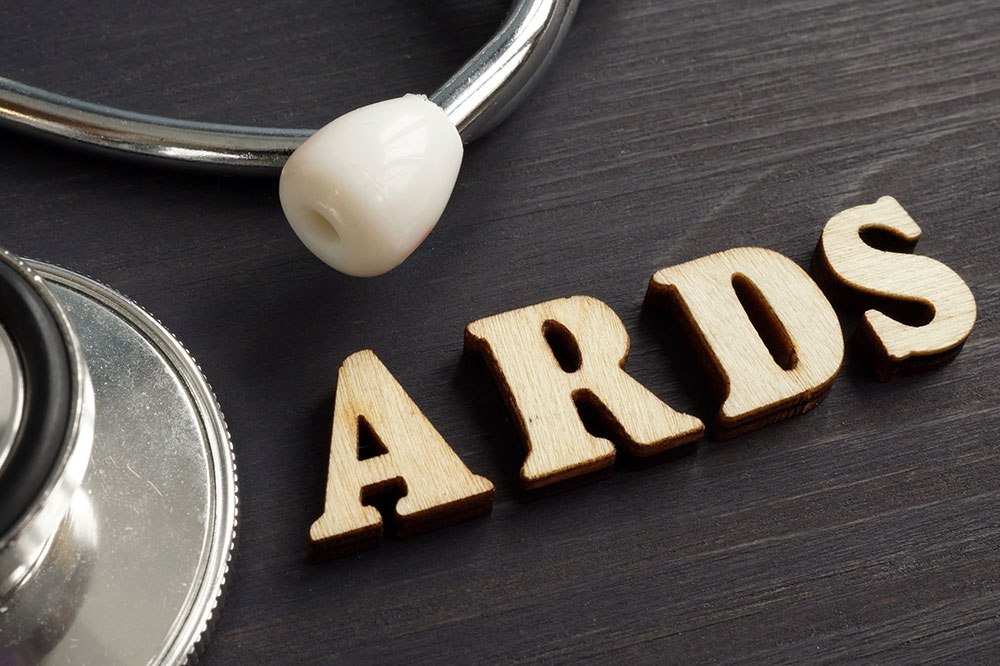
Understanding acute respiratory distress syndrome
Acute Respiratory Distress Syndrome (ARDS) is a serious health disorder that damages the lungs and can prove to be fatal. This condition requires immediate attention as it collects fluid in the lungs, causing depleted airflow to other organs. ARDS can affect persons of all ages. However, it is most common in severely ill adults or those with major health disorders. Let’s discuss the symptoms, causes, and treatment of ADRS.
ARDS symptoms
Symptoms of ARDS usually appear within a few hours to a few days of the initial injury or sickness. The following are the most common ARDS symptoms:
- Shortness of breath
One of the defining signs of ARDS is shortness of breath. Individuals suffering from ARDS have difficulties breathing and a tightness in the chest. This symptom usually appears unexpectedly and worsens quickly. Even while resting, patients may feel like they are not getting enough air into their lungs. Other respiratory symptoms, such as wheezing or chest pain, may accompany shortness of breath. - Fast breathing
Rapid breathing is another common sign of ARDS. The breathing rate is frequently raised to compensate for the decreased oxygen levels in the blood. Patients may breathe faster than usual, yet they might not feel like they are getting enough oxygen. Fast breathing can also make you feel dizzy or lightheaded. - Low blood oxygen levels
Patients with ARDS frequently have low blood oxygen levels due to impaired lung function. This can result in various symptoms, including confusion, drowsiness, and, in severe circumstances, coma. Decreased blood oxygen levels can also affect the heart, resulting in an erratic heartbeat or heart failure. - Cough
Another typical ARDS symptom is cough. A persistent cough, with or without sputum production, may be experienced by patients. Coughing can be dry or productive, and physical exertion, position changes, or irritant exposure can induce it. Coughing can also cause chest pain, sore throat, and breathing difficulties. - Cyanosis
It is a bluish coloring of the skin and mucous membranes caused by low oxygen levels in the blood. Individuals suffering from ARDS may experience cyanosis in their lips, fingers, and toes. Cyanosis is a significant symptom requiring immediate attention since it signifies a substantial decrease in blood oxygen levels. - Restlessness
Individuals with ARDS may experience restlessness, disorientation, or agitation due to low oxygen levels in their bodies. They may struggle to concentrate, communicate, or follow instructions. Restlessness can also make it difficult to sleep or keep still, exacerbating the symptoms of ARDS.
Primary causes of ADRS
ARDS can be caused by several conditions that induce lung injury.
Certain conditions
Pneumonia, sepsis, and other diseases can cause ARDS. Pancreatic inflammation is also a possible causal factor for the onset of the condition.
- Injuries
Injuries to the chest or head, such as a serious automobile accident or a fall, can result in ARDS. - Harmful substance inhalation
Inhaling fumes or other dangerous compounds can cause ARDS. - Blood transfusion
Transfusion of blood or blood products can result in an allergic reaction and lead to ARDS. - Possible Remedies for ARDS
There are no specific ARDS remedies or prevention measures. Nonetheless, some precautionary measures can help lower the chance of developing ARDS or to manage its symptoms: - Treating underlying illnesses
Treating illnesses such as pneumonia, sepsis, or pancreatitis can help lower the risk of developing ARDS. - Avoid inhaling dangerous substances
Avoid inhaling harmful substances such as fumes or other lung irritants. - Maintain hygiene
Hand washing and other basic hygiene measures can help lower the risk of infections that can lead to ARDS. - Seek expert help
Treating underlying health issues as soon as possible can help lower the chance of developing ARDS.
Treatment of ADRS
ARDS treatment focuses on giving oxygen to the body and supporting the respiratory system. ARDS treatment options include:
- Oxygen therapy
The primary treatment for ARDS is oxygen therapy. Supplemental oxygen is given to patients to assist in keeping their blood oxygen levels stable. - Mechanical ventilation
Severe ARDS patients may require mechanical ventilation, which entails using a machine to assist the patient in breathing. - Supportive care
Individuals with ARDS may require supportive care, such as hydration and nutritional support, to recover from their condition. - Extracorporeal membrane oxygenation (ECMO)
Patients with severe ARDS may require ECMO, a method of life support that includes using a machine to oxygenate the blood outside the body. - Address underlying issues
Treating underlying conditions like infections or injuries is also crucial to ARDS treatment.
There are no specific treatments or preventive measures for ARDS. Still, some steps can be taken to reduce the risk of developing the condition, such as managing underlying conditions, avoiding inhaling harmful substances, maintaining good hygiene, and seeking healthcare attention as soon as possible. With oxygen therapy, mechanical ventilation, supportive care, and ECMO, ARDS is treated by supplying oxygen to the body and maintaining the respiratory system. Early detection and treatment of ARDS can dramatically enhance recovery and reduce the risk of complications.




